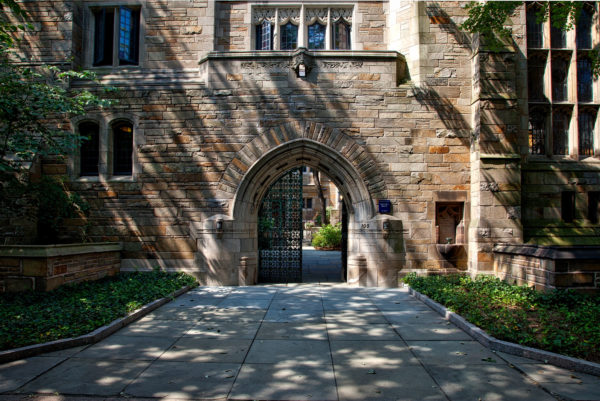
| Date | Author |
|---|---|
| 24th January 2020 | Graham Hill, SUMS Associate Consultant |
The annual European University Information Systems (EUNIS) Conference last year hosted delegates from across Europe in Norway. It highlighted the latest activity as universities seek to converge physical and digital campuses. Here, SUMS Associate Consultant Graham Hill explores views on areas for investment and activities to prioritise.
Some Scandinavian universities are investing at record levels in major digital transformation programmes. They are responding to new digital advancements that will require a rethink of old IT strategy in Higher Education:
- Artificial Intelligence and its potential impact learning and teaching, as well as routine administrative and support processes.
- Business Intelligence with a focus on harnessing data to manage the campus as efficiently as possible. Some universities are putting aside a third of campus space for academic and support staff office. Some of that space is high-rental temporary accommodation.
- Self-service and automation with a focus on continuous process improvement. Universities are using technology to manage interactions which students and staff, for example, with mobile apps. Malmo University in Sweden provided a Research Funding process case study, while the University of Berlin shared their experiences on the development of a digital travel management solution.
- Digital Skills for staff and students to underpin the skills required for the Information Age.
The conference hosts, the Norwegian University of Science and Technology (NTNU), presented on Scandinavia’s largest digitalisation investment. The £70 Million programme will run over seven years. It responds to institutional mergers and new central IT functions to support the shift from operations and user support to delivering development projects. The project looked at:
- Free seating (moving away from cellular and fixed desks including learning spaces)
- Digital sensors (to monitor spaces) and face recognition for improved security.
One business driver behind the NTNU programme was the need to innovate and collaborate with university partners. This collaboration will lower the threshold for working across disciplines, and realise a university campus that is itself a development arena and laboratory for The Future Campus.
In another presentation, the Technical University of Denmark (DTU) gave an overview of an €800 Million campus investment, which started in 2010. Their strategy was to “strengthen and develop formal and informal environments including experimental learning facilities for students”. The follow-up research with students and faculty is informing future Scandinavian activity on effective teaching and the impact of teaching and learning environments. One of the key messages was the importance of investment in pre-design activity – DTU is working on a research report on the key lessons learned (Rapport 2018 Ballerup and Lynsby campuses).
Finally, Paul Feldman (JISC CEO) gave insight into the convergence of physical and digital campuses through the eyes of the student of the future. This convergence was achieved through investment in:
- Virtual reality classrooms and field trips
- Augmented Reality
- Holographic calls and lectures
- AI and Robotics
This paints an exciting and immersive future, with some of the technology already available today.
So, what should you do now?
- Take a look at some of the new and emerging technologies to understand what they mean for you and your organisation
- Get involved with the communities that are pioneering across physical and digital spaces to gain insight and understanding
- Make sure to take a look at what is happening beyond the UK to gain a fresh perspective
This is the third instalment of a three-part series on The Campus of the Future from SUMS Associate Consultant Graham Hill.








